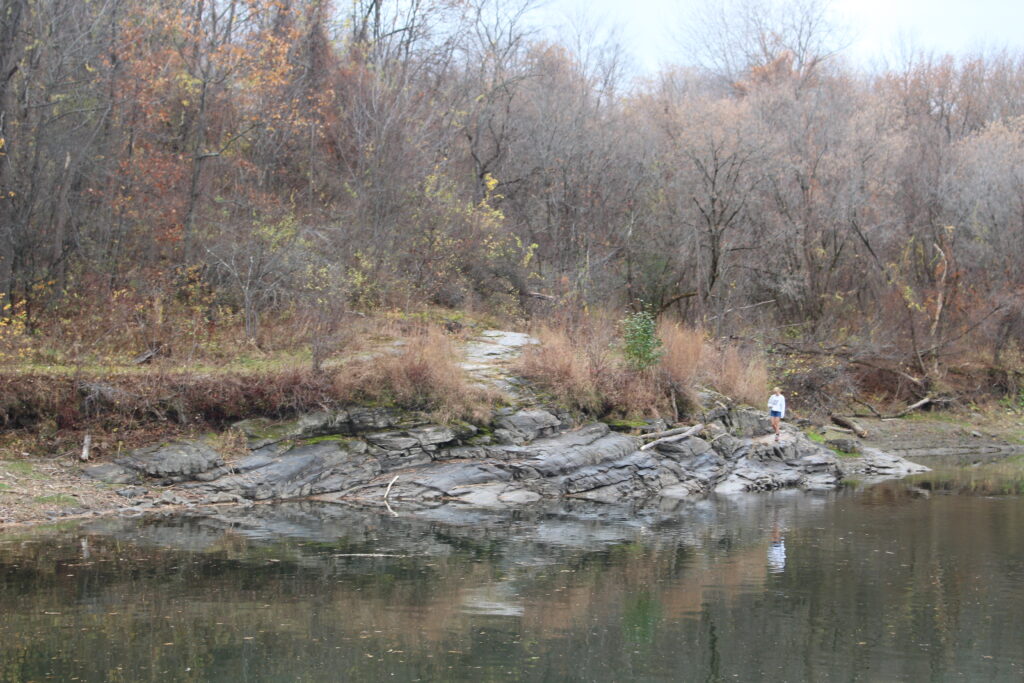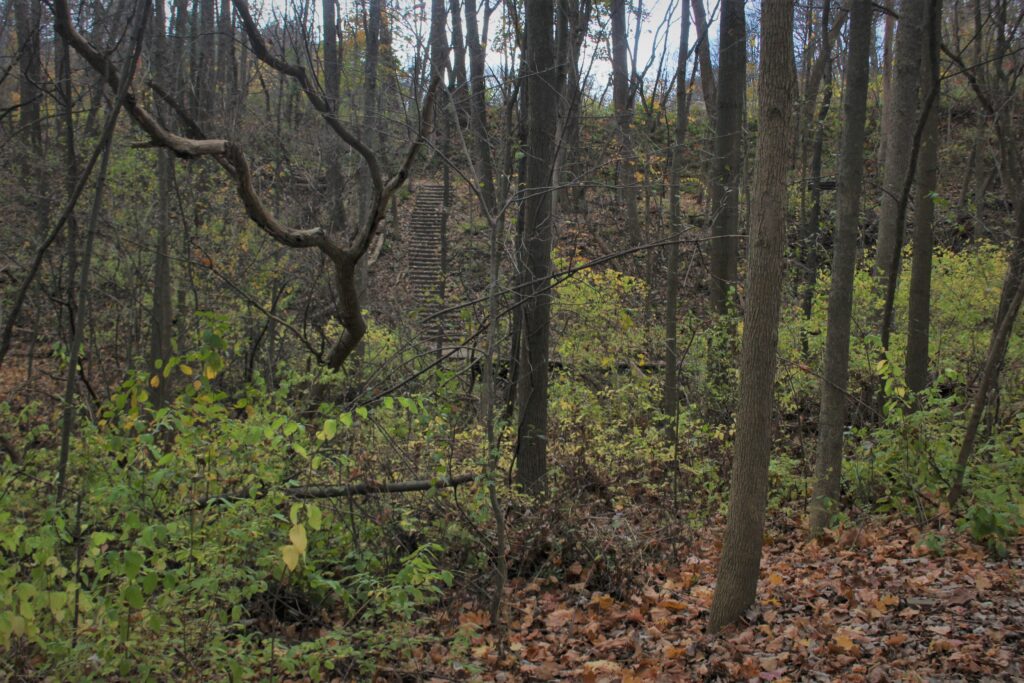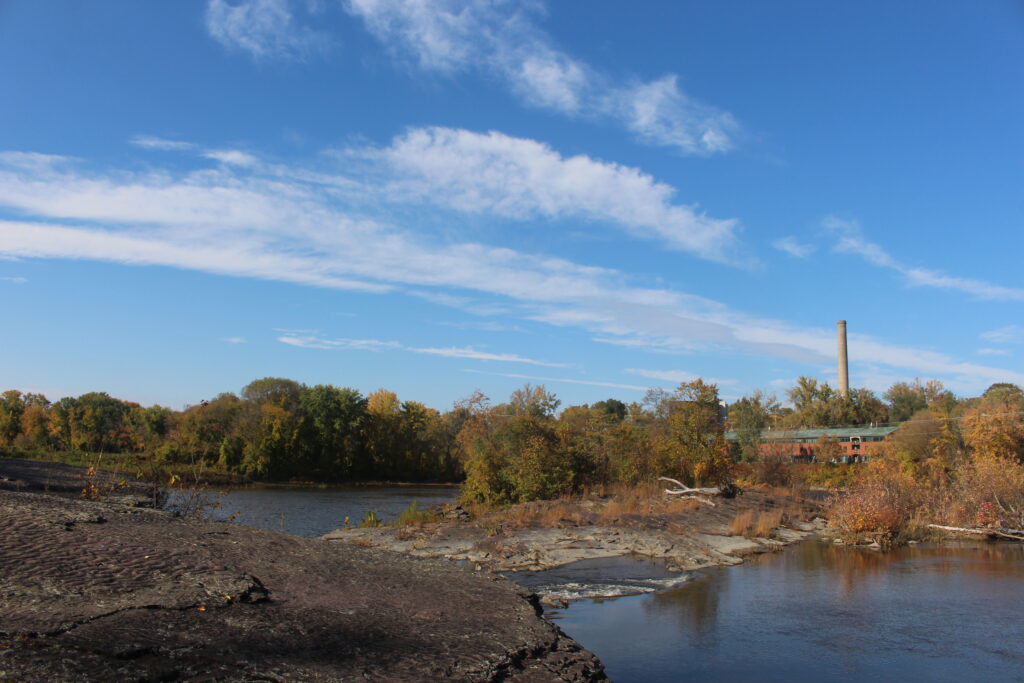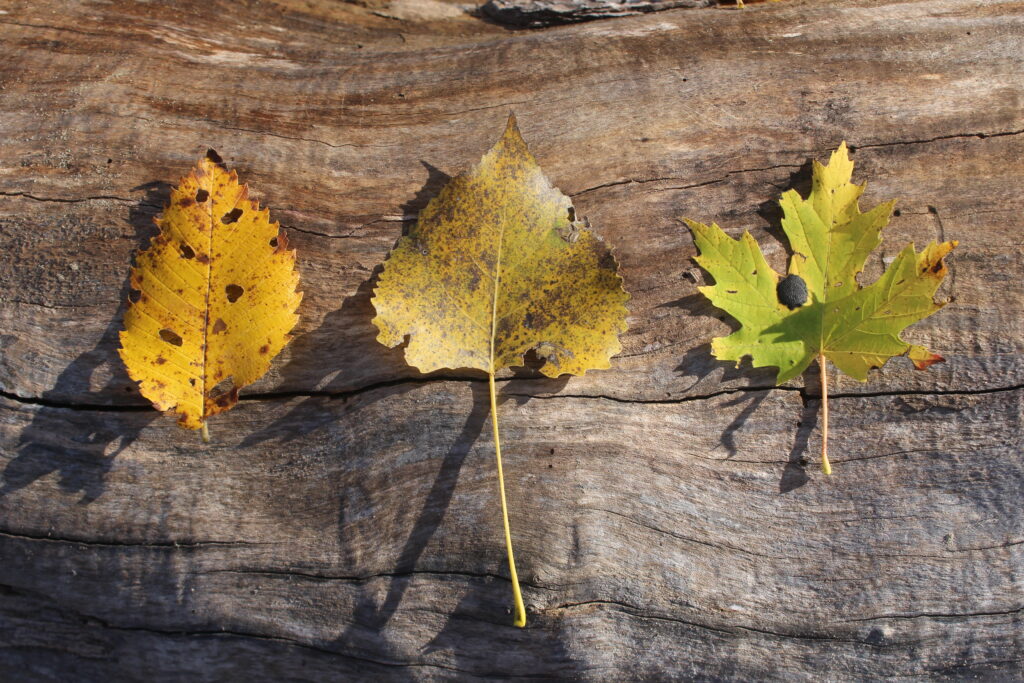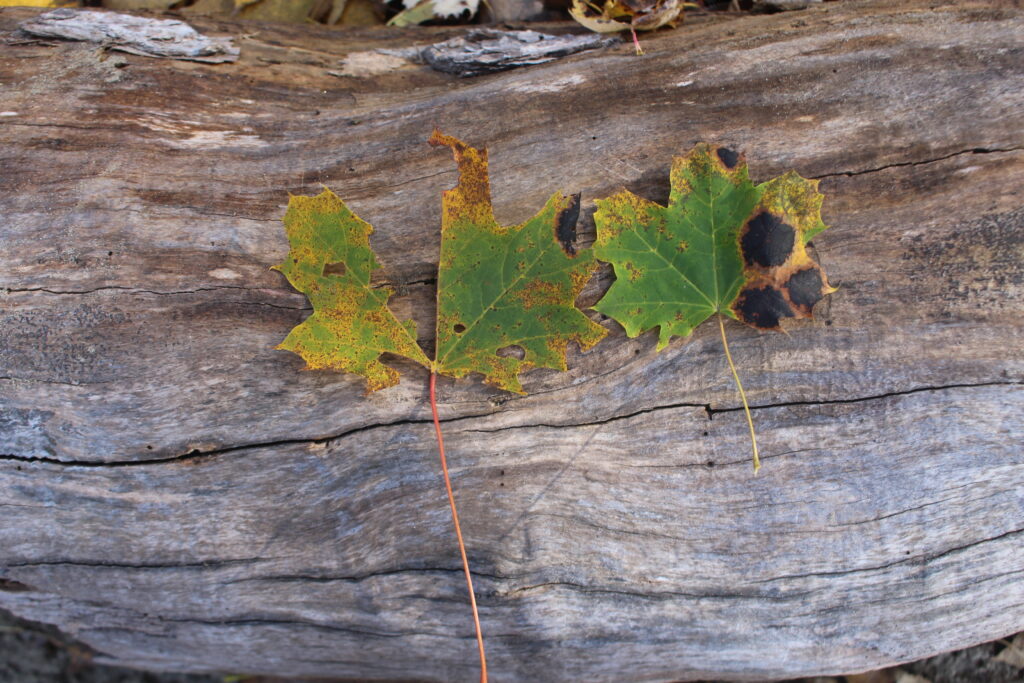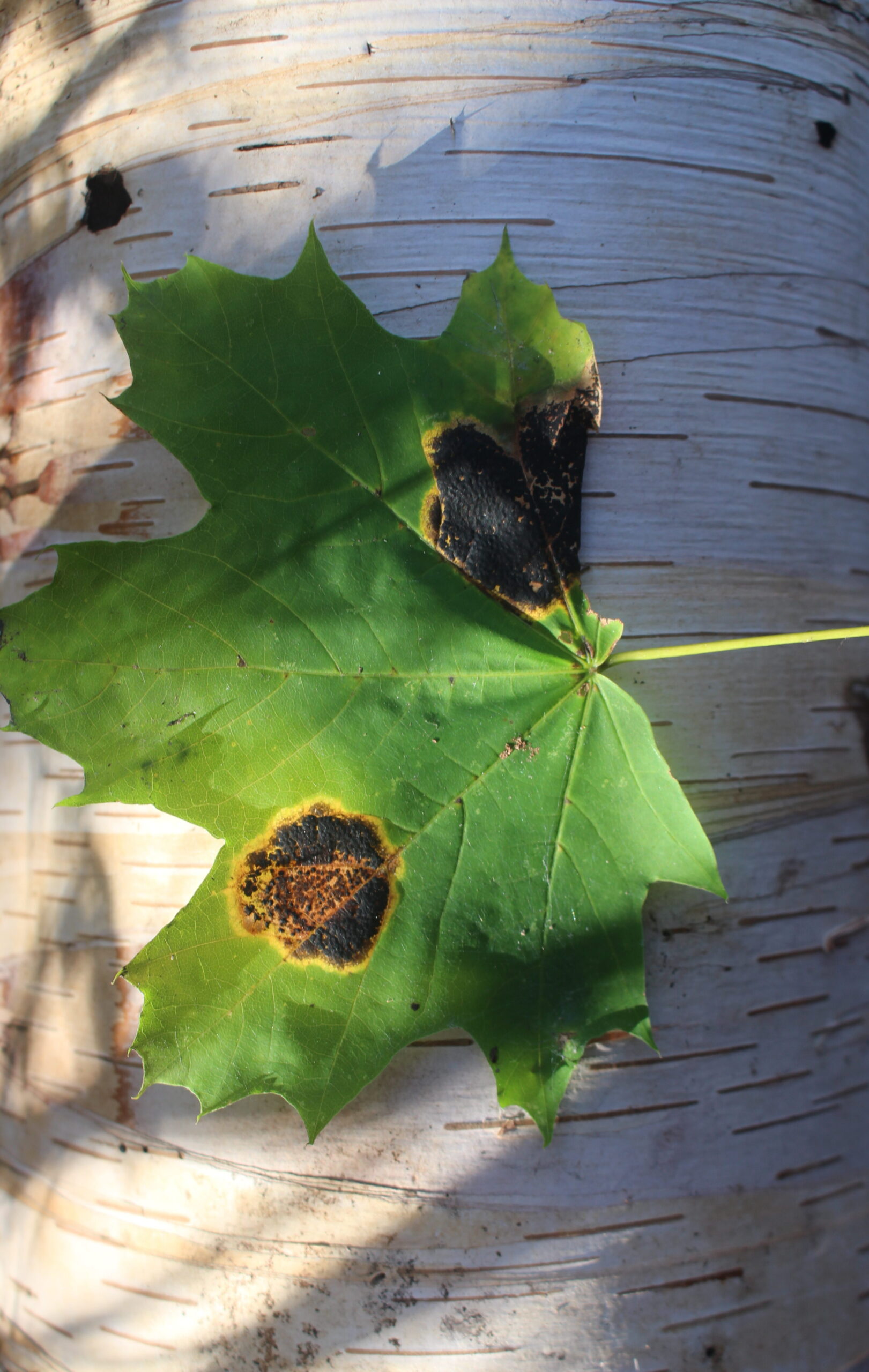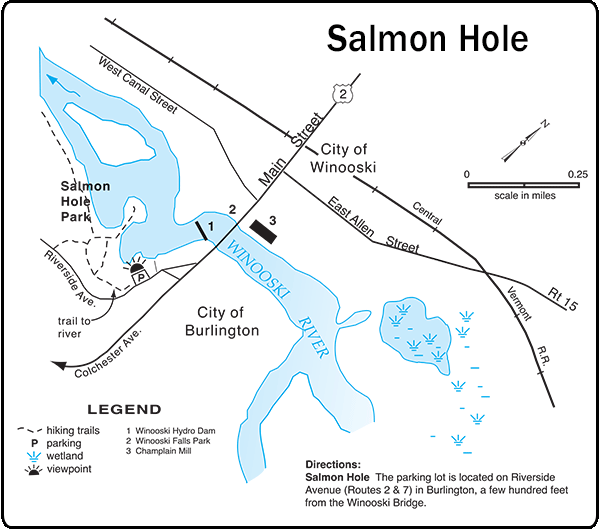5/6/23
iNaturalist Rampage
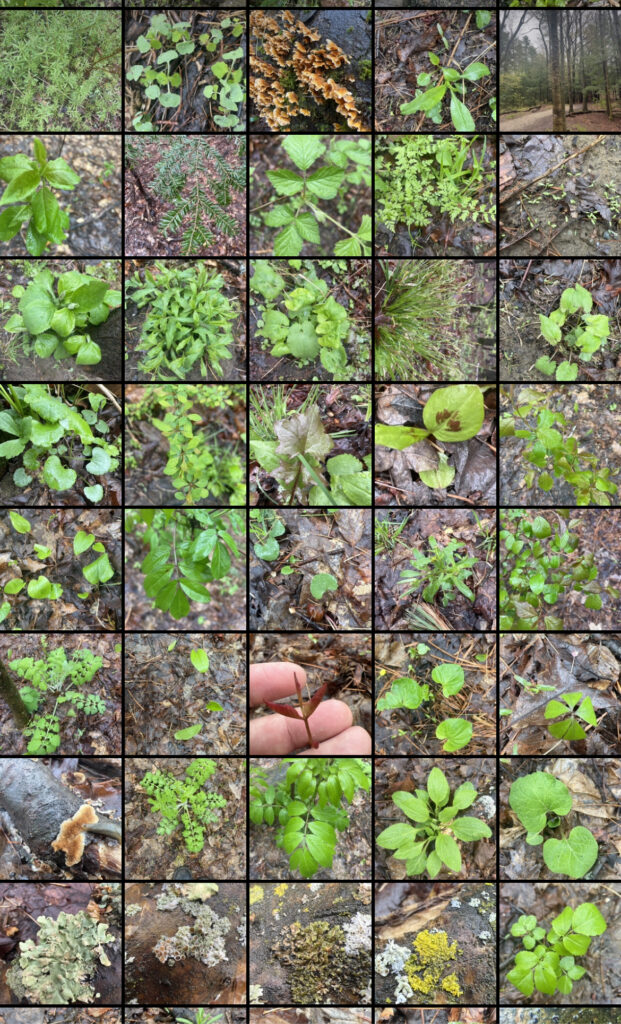
There were four main location that I did the Bioblitz in: Downtown, Centennial Woods, UVM, and Salmon Hole. First, I went downtown on Friday morning to meet up with a friend who was passing through Burlington. From there, I recorded observations while walking back to campus until my phone died on main street. I recorded 80 observations here. Since I wanted to cover all bases I tried to get as many insect species as possible, since I think many people will skim past them. I went to Centennial Woods three times (Friday, Sunday, Monday) where I was able to make the largest chunk of my observations (244). I also visited salmon hole with a friend and walked the riverside trail to get 98 more observations. I would also scan as many plants, animals, and fungi while walking on campus, which got me another 217 observations. I as more focused on species than observations though, which is the main reason I tried to go to so many different locations. At each location, there were many species that I had not discovered at the other locations.



Due to my ADHD hyperfixation of this project, I was able to get 306 different species, however after the cultivated ones were marked, I had 250 species discovered. I really like the service that iNaturalist provides, but I think it works best in pair with other identification apps. I used Merlin Bird ID to be able to identify some of the birds, Picture This to identify some of the plants, and Picture Insect to identify some of the bugs. With using all of these apps, I was able to learn more of the species and be more confident with my reported species or genus for the observations.
I was looking at the results for the greater Seattle-Tacoma metro area throughout the weekend, since that is where I am from, and I was disappointed. With a population just over four million, they were only able to get 10,000 observations and with the exception of someone that seems to have gone scuba diving to identify species, I easily had more species and observations than anyone in Seattle. Their 10,000 is barely more than Burlington’s 8,000. I found it interesting how much impact NR2 had on the observations. Without the help of NR2, Burlington punches in its weight class, but due to the incentives of NR2, we punch way above our weight.
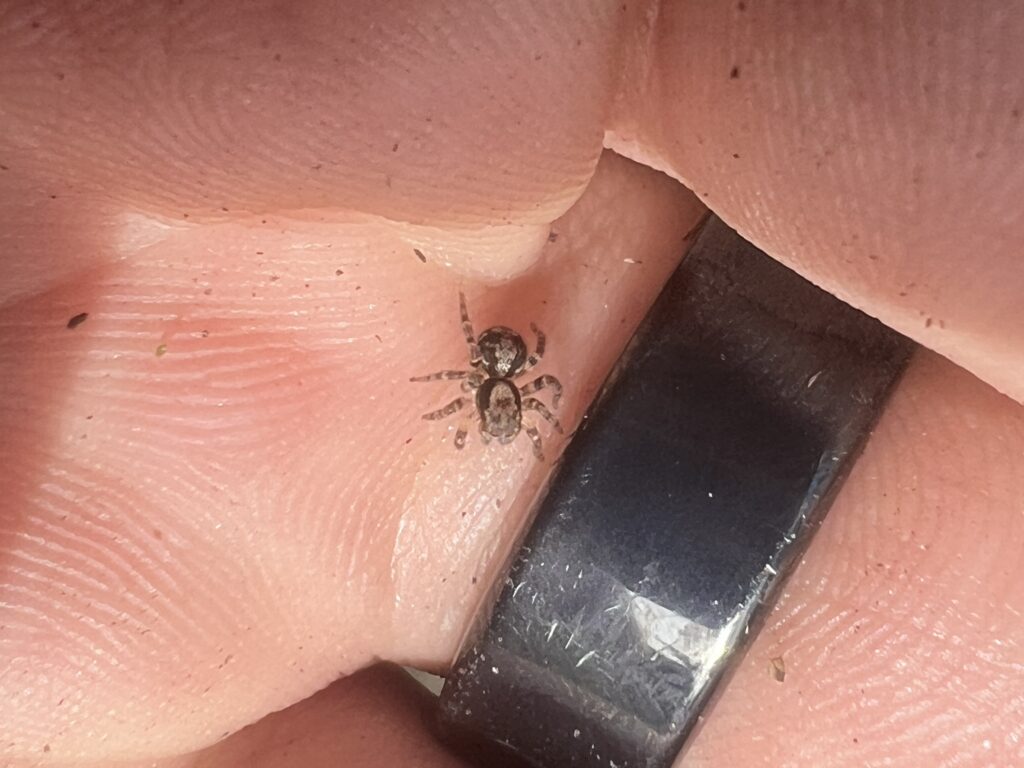
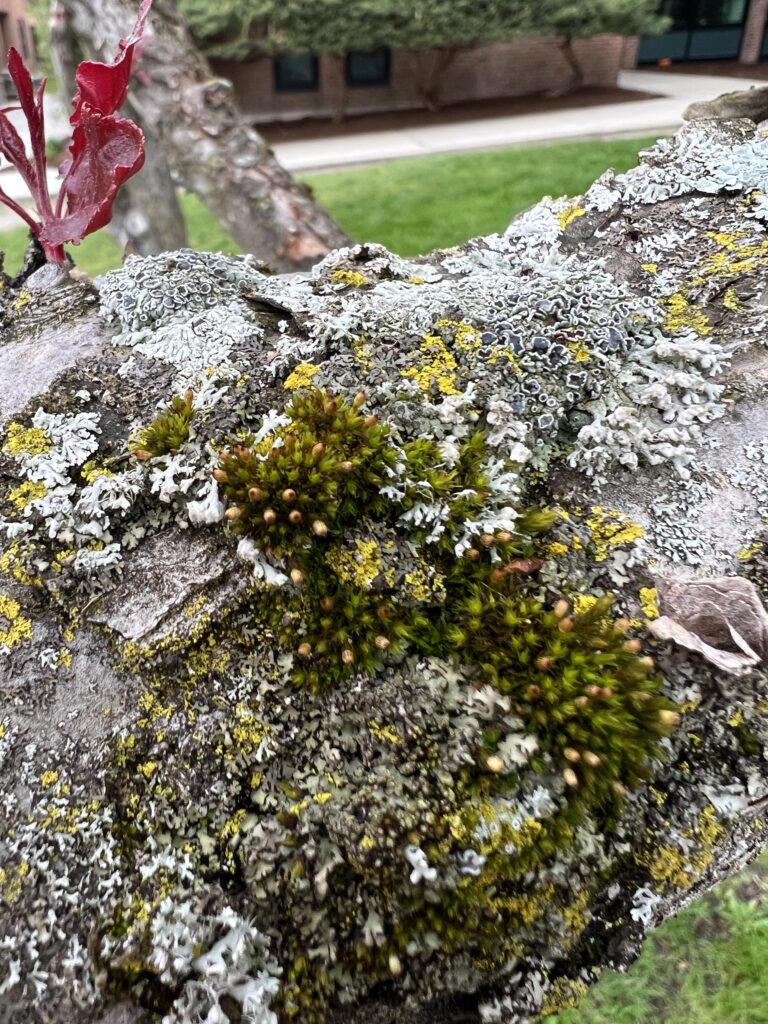

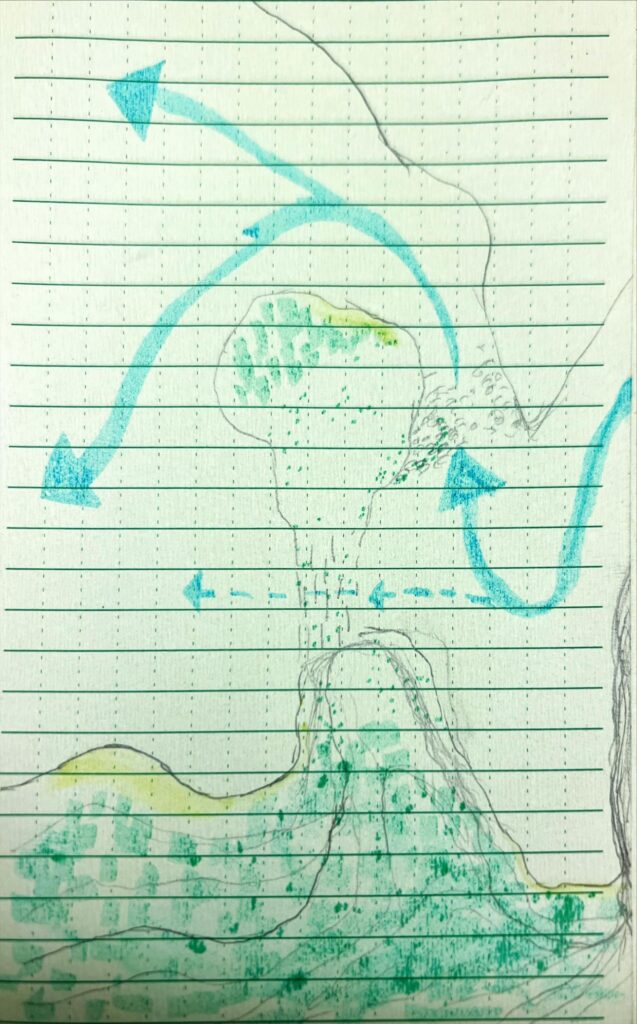
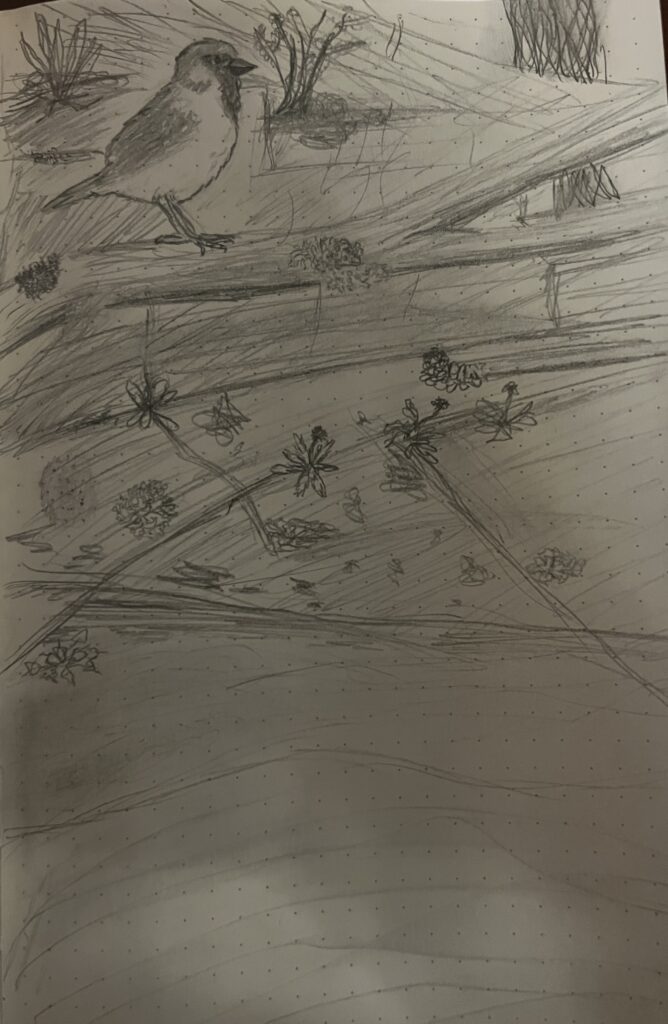
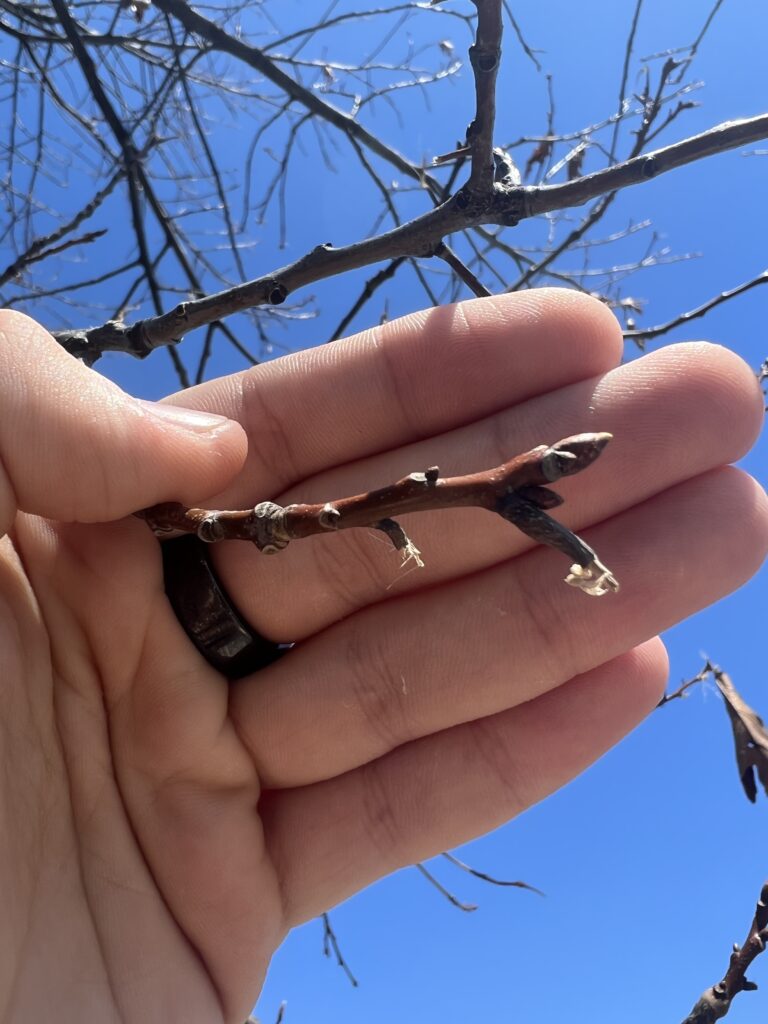
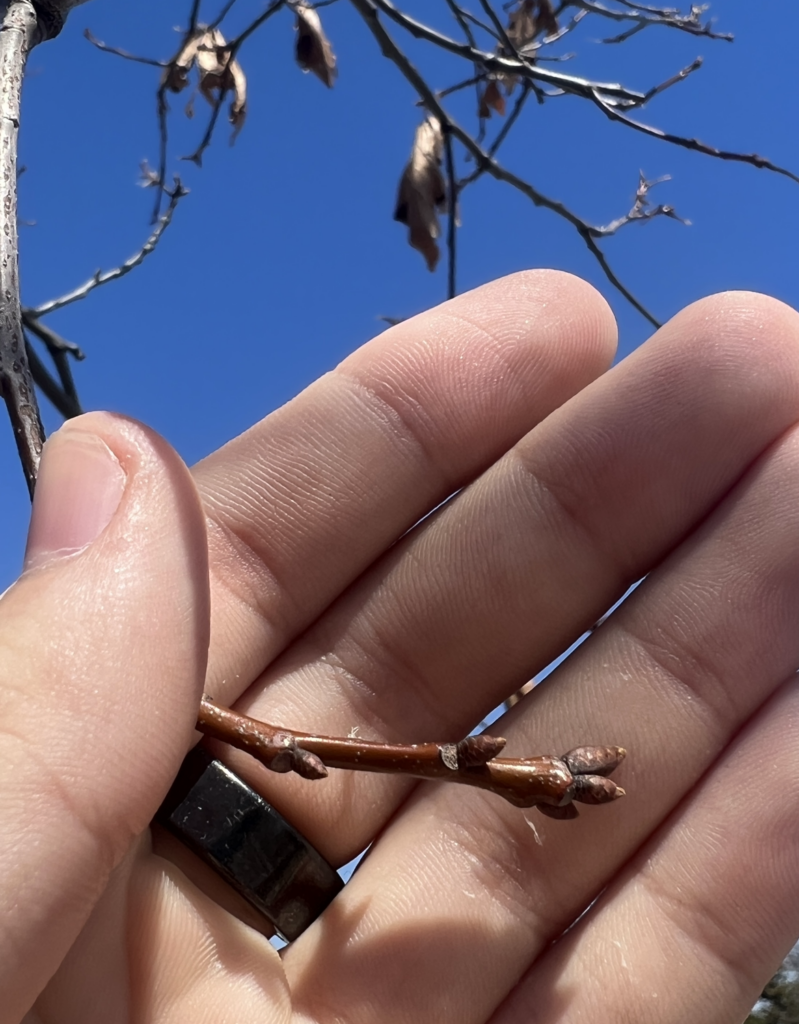
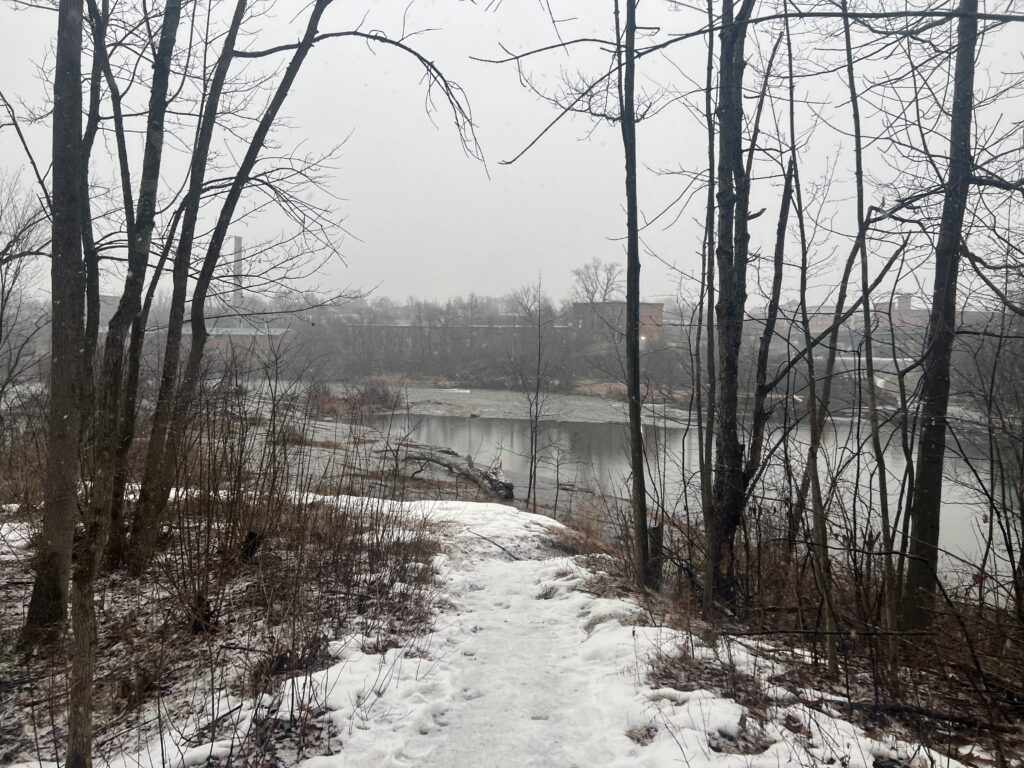
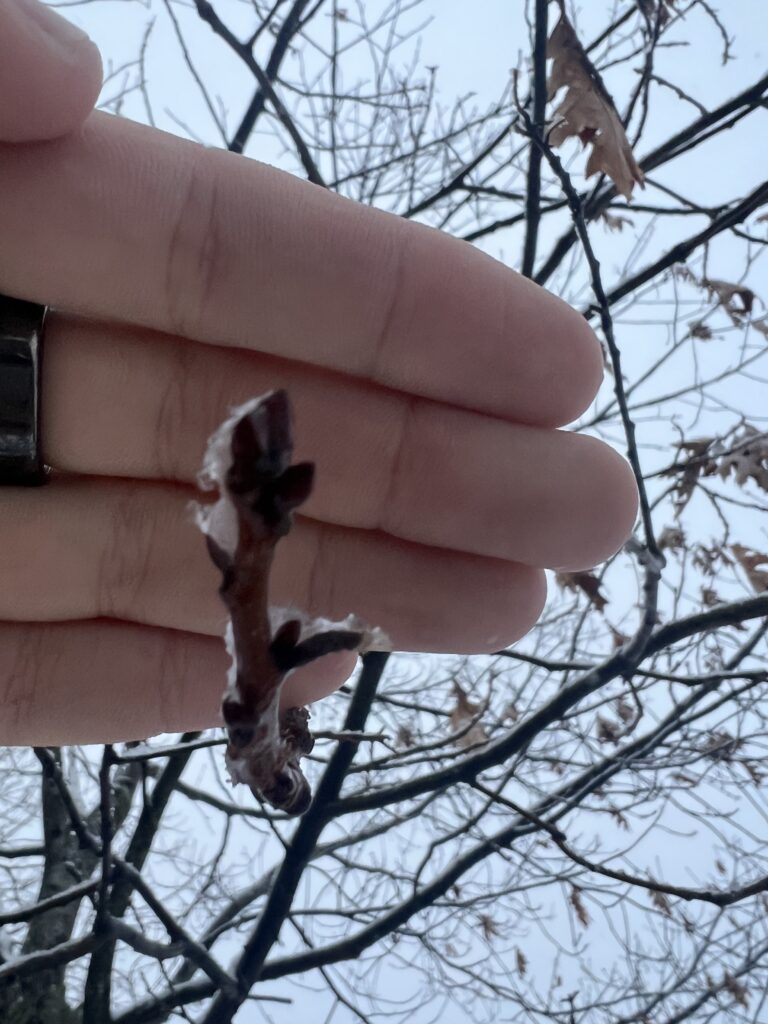
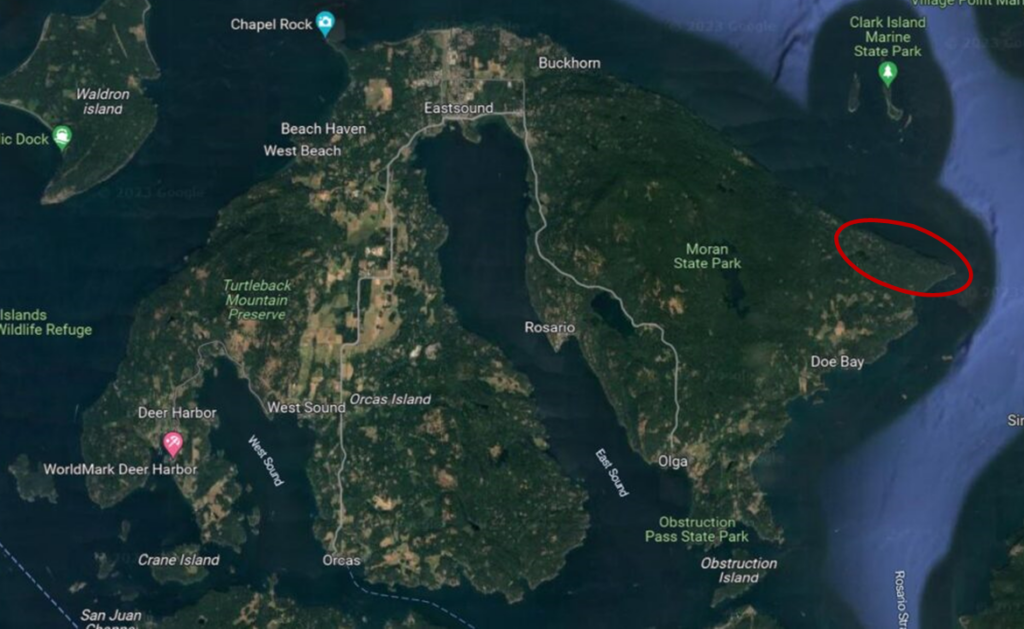
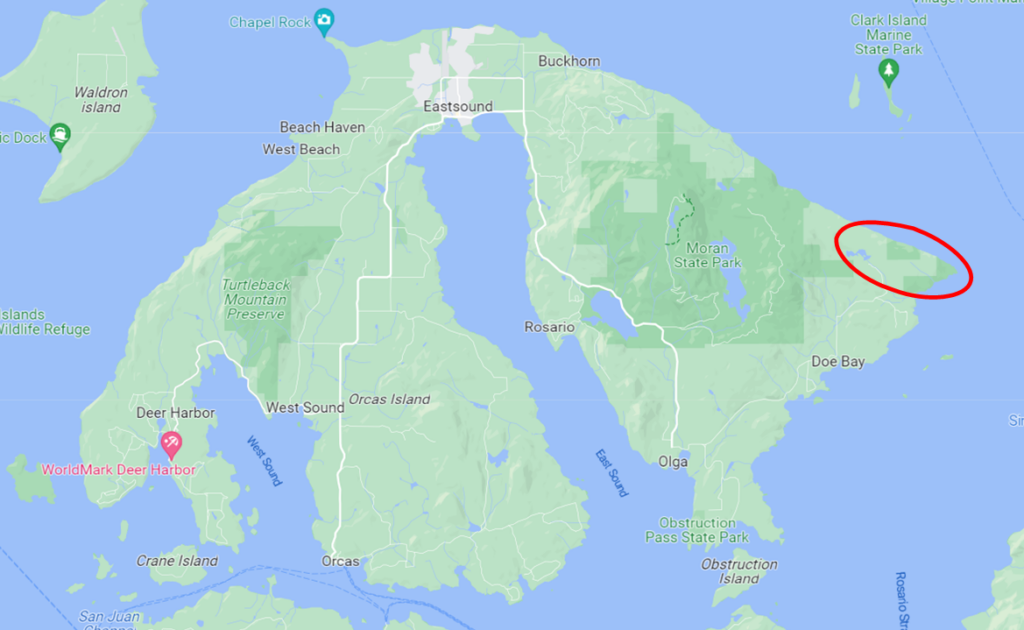
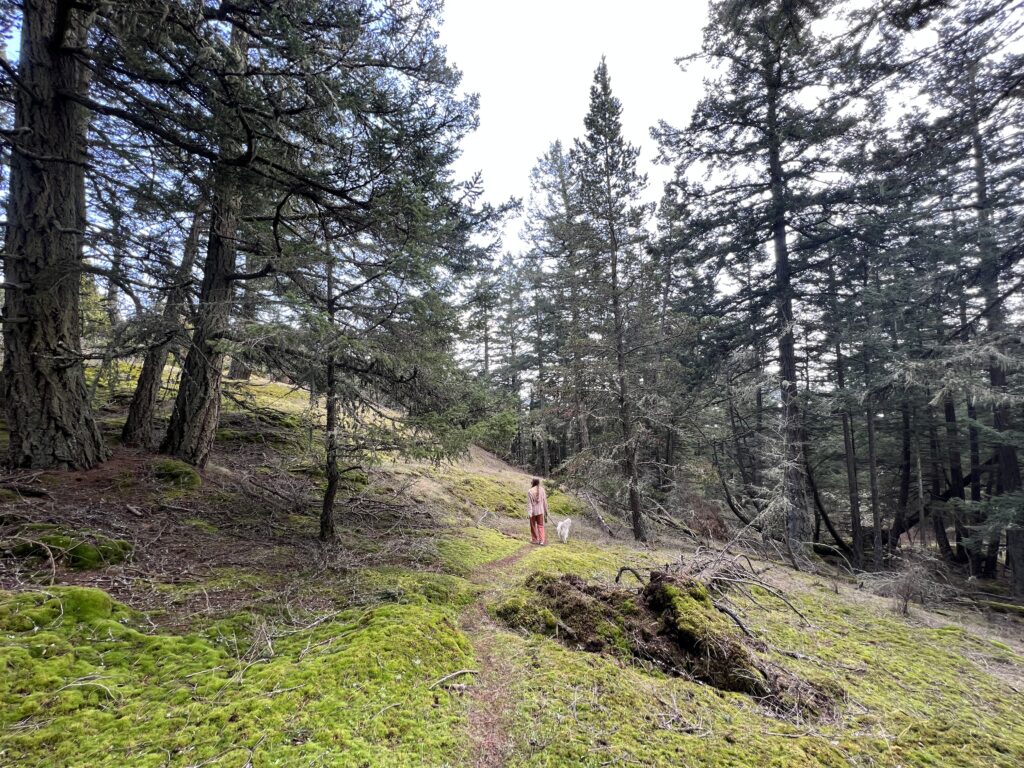
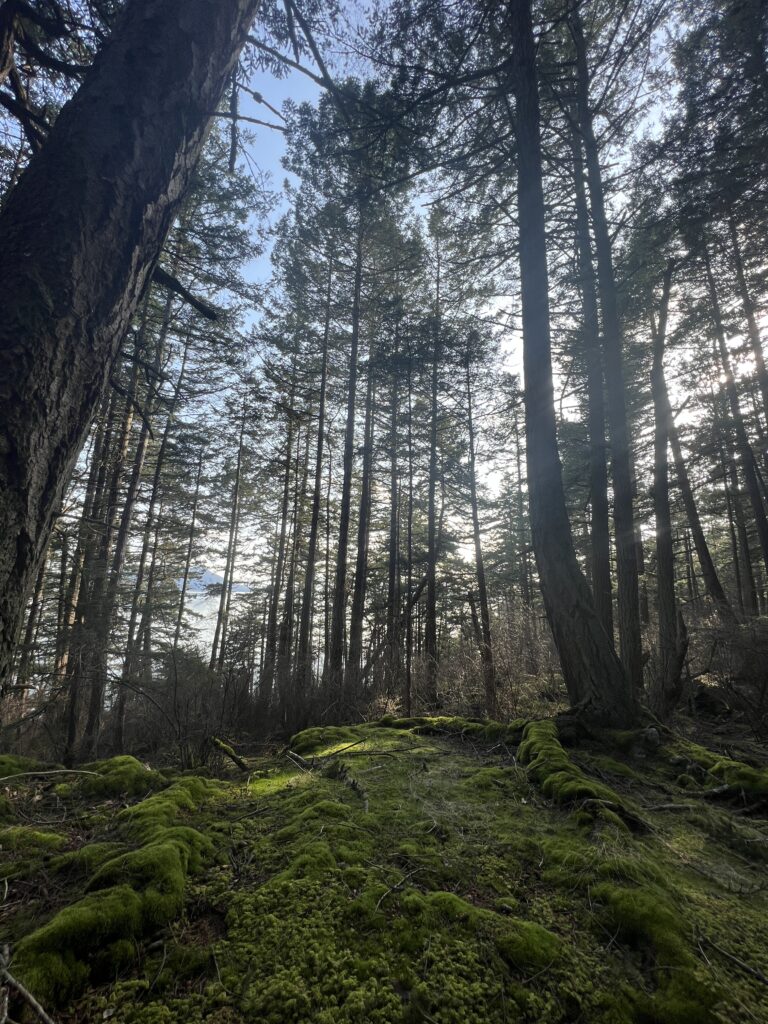
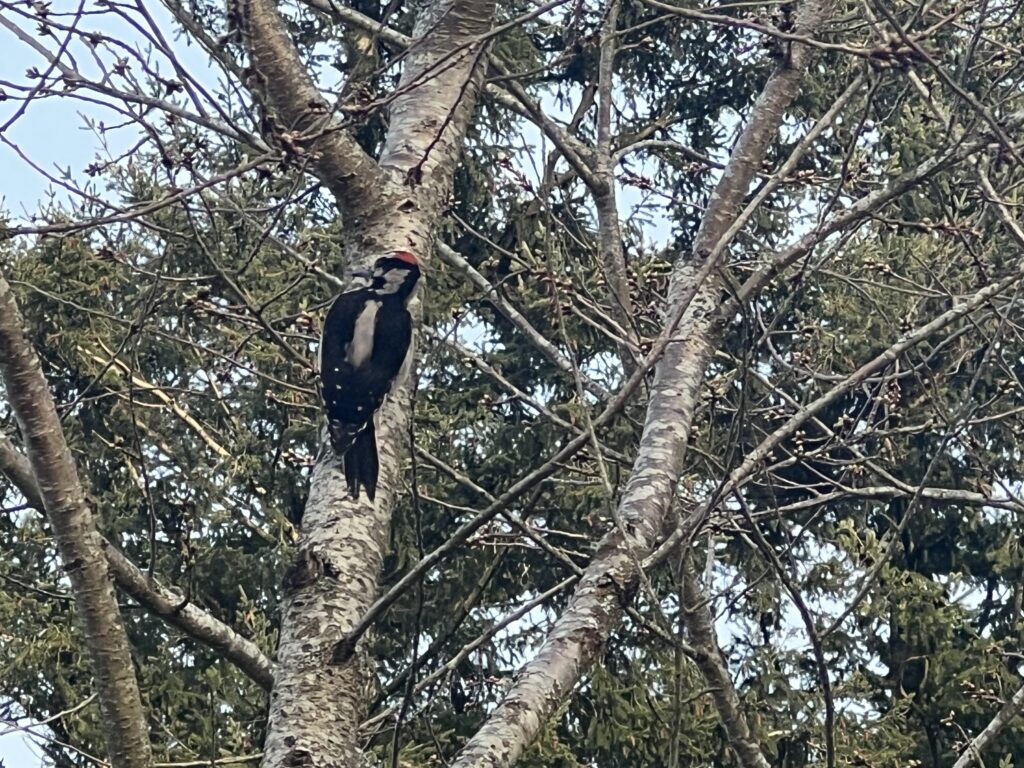

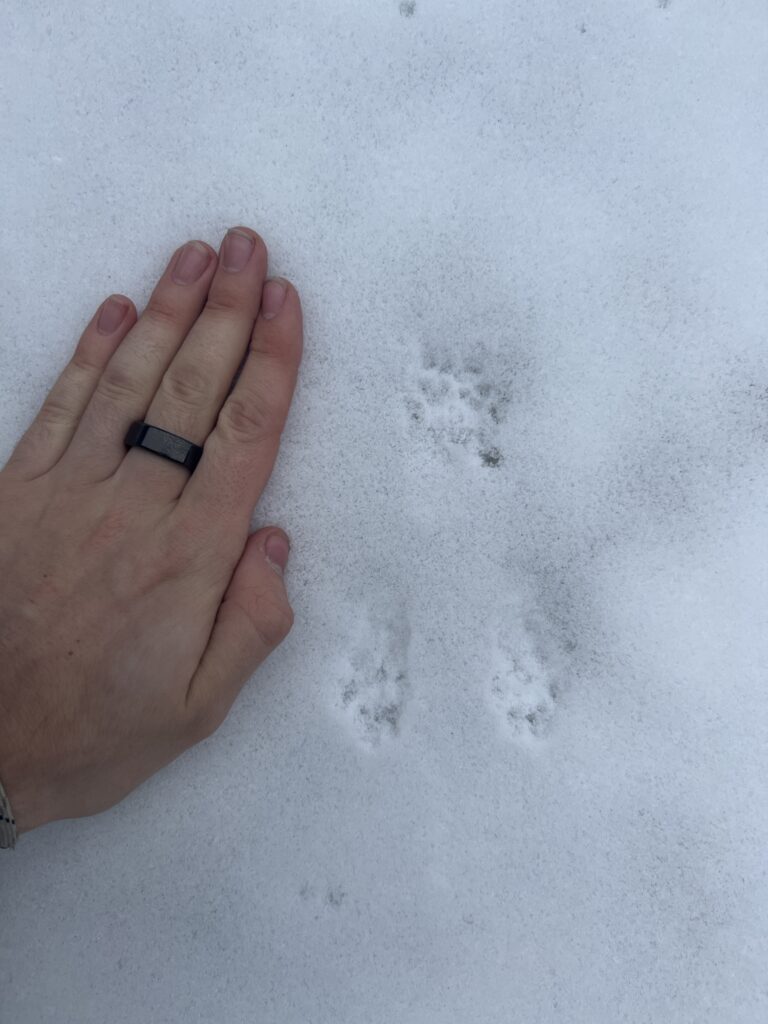
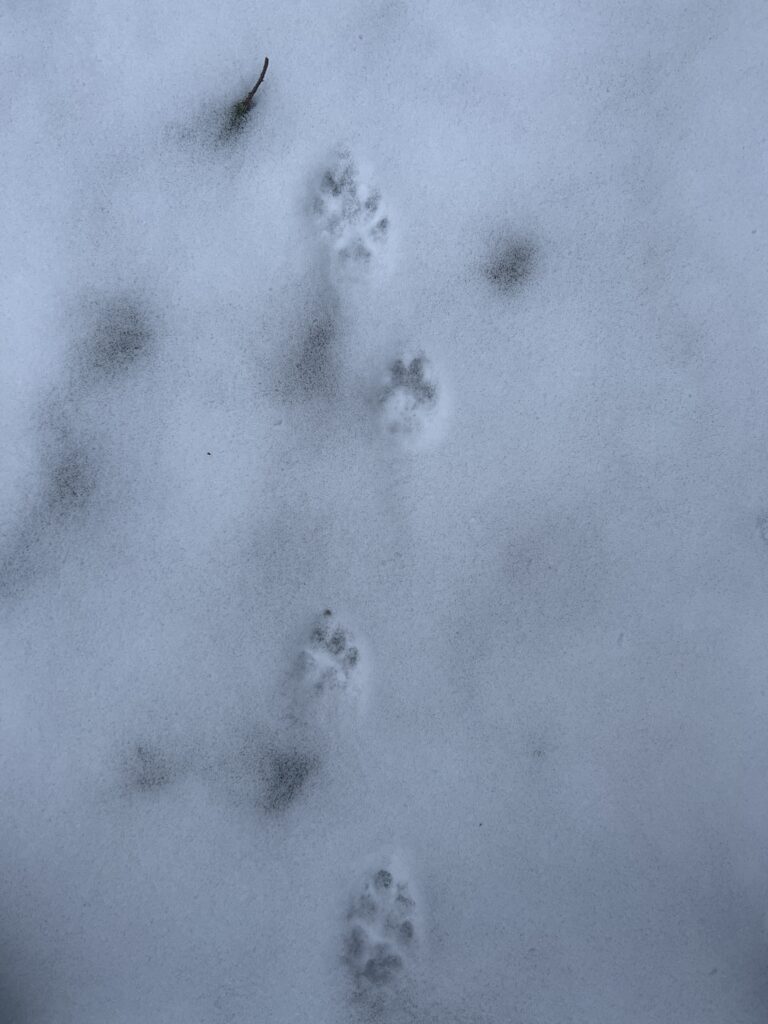
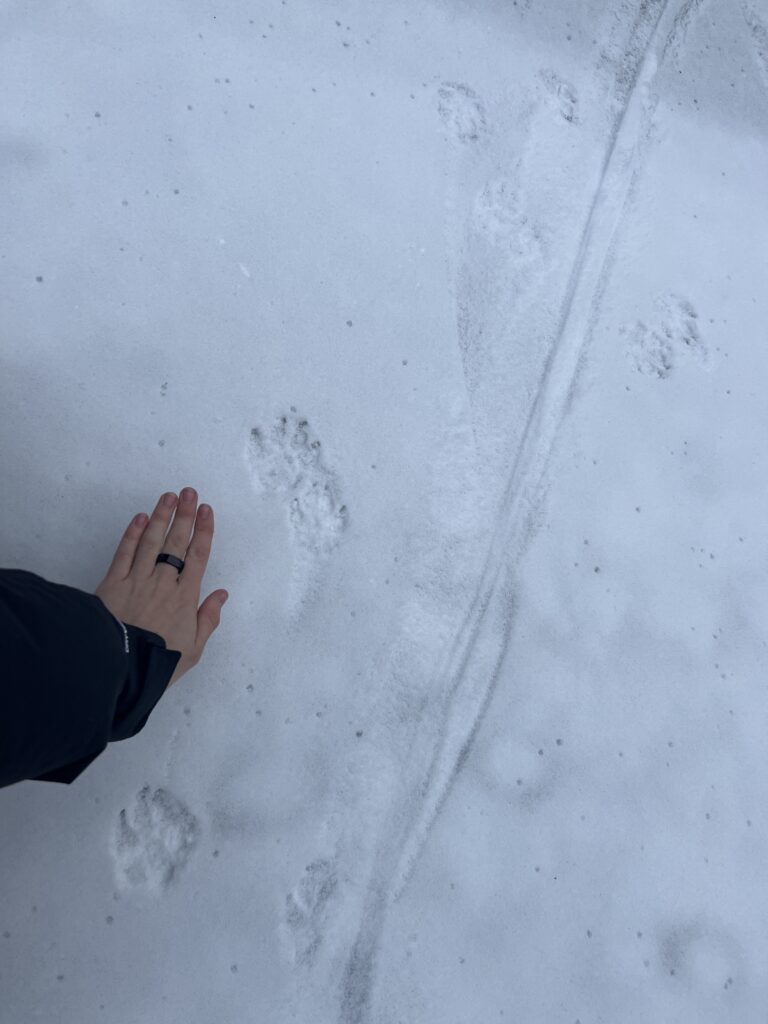
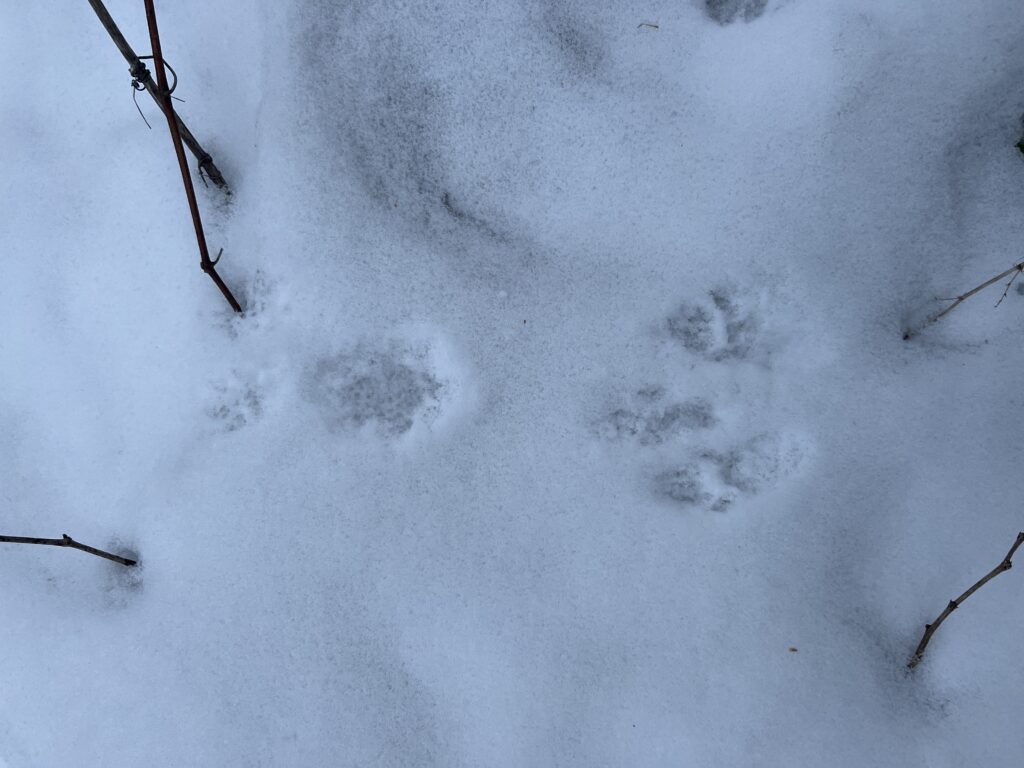
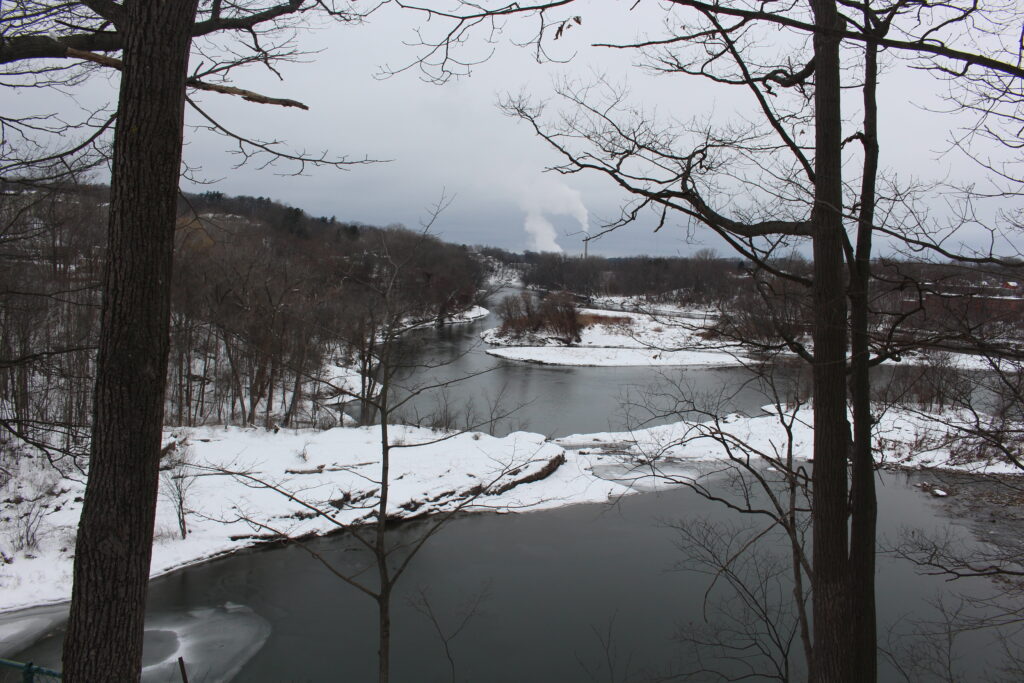
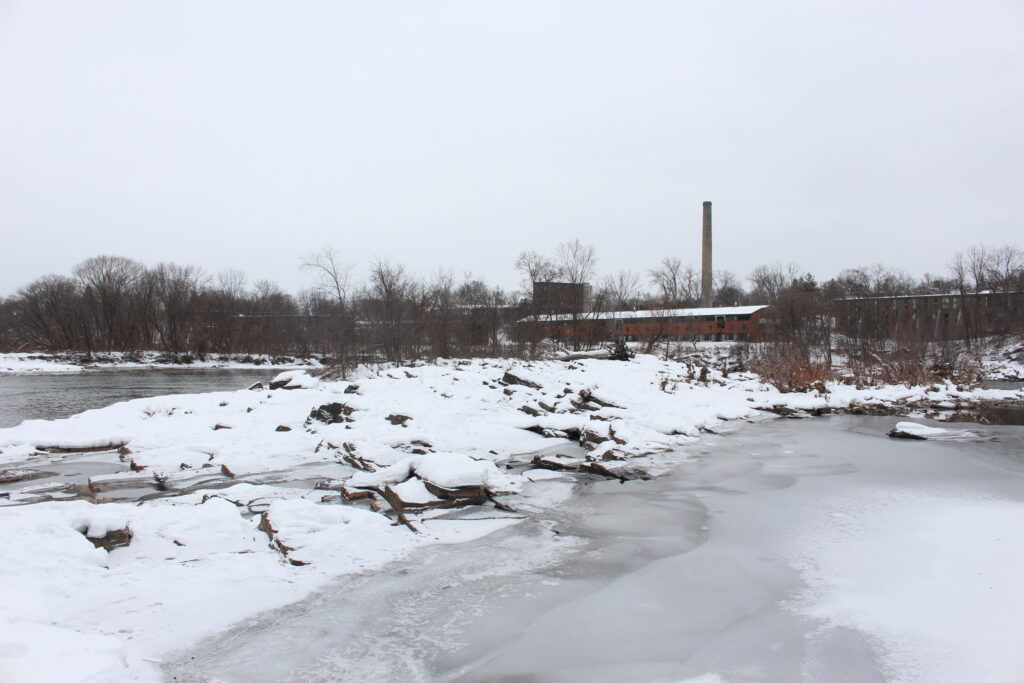
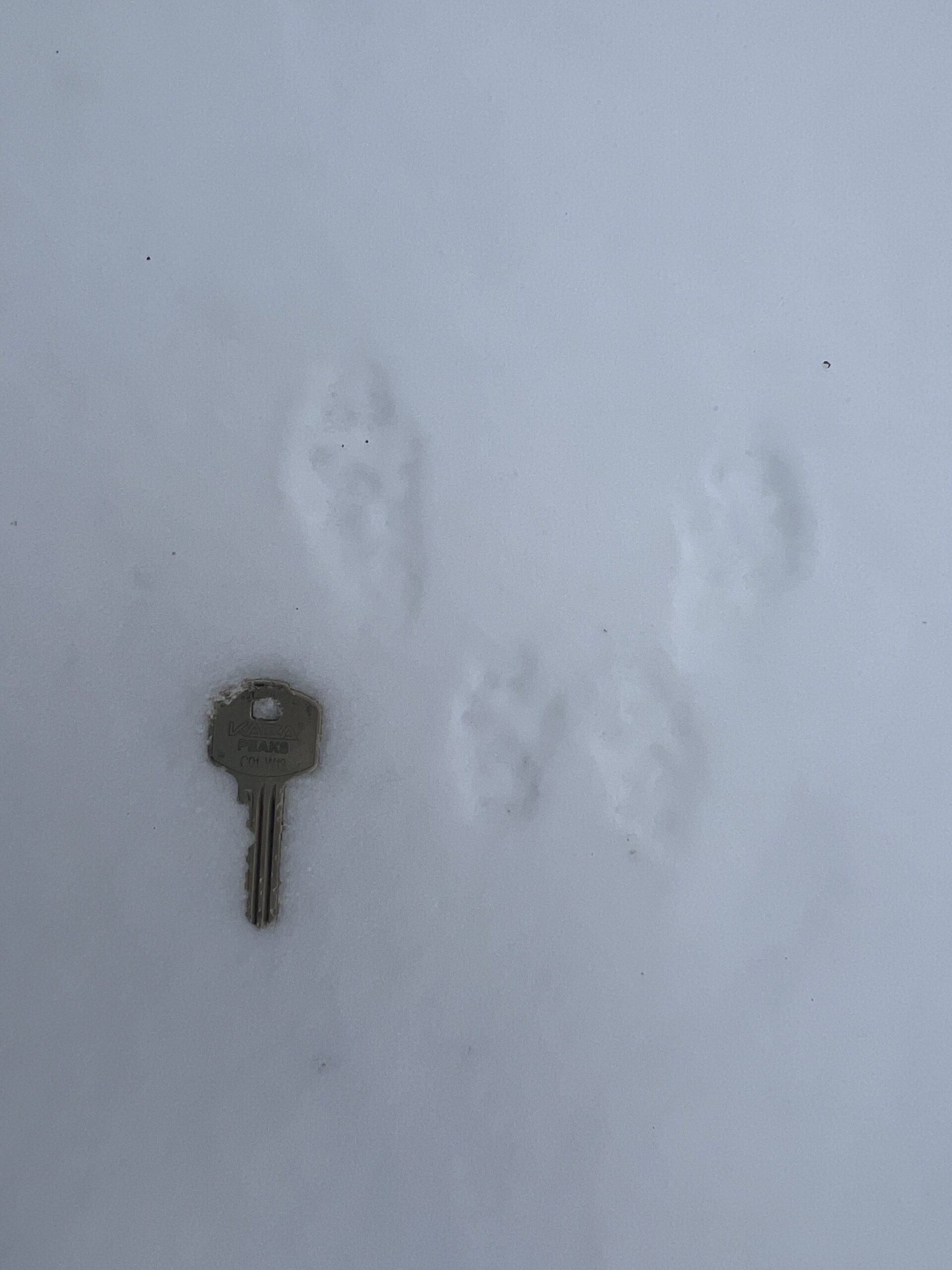
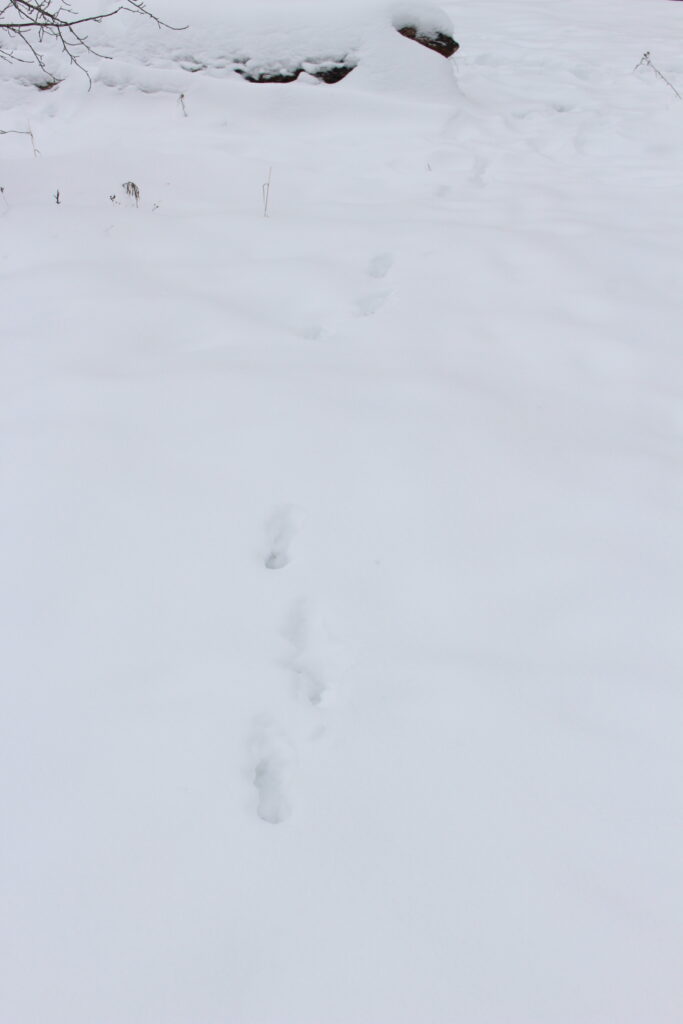
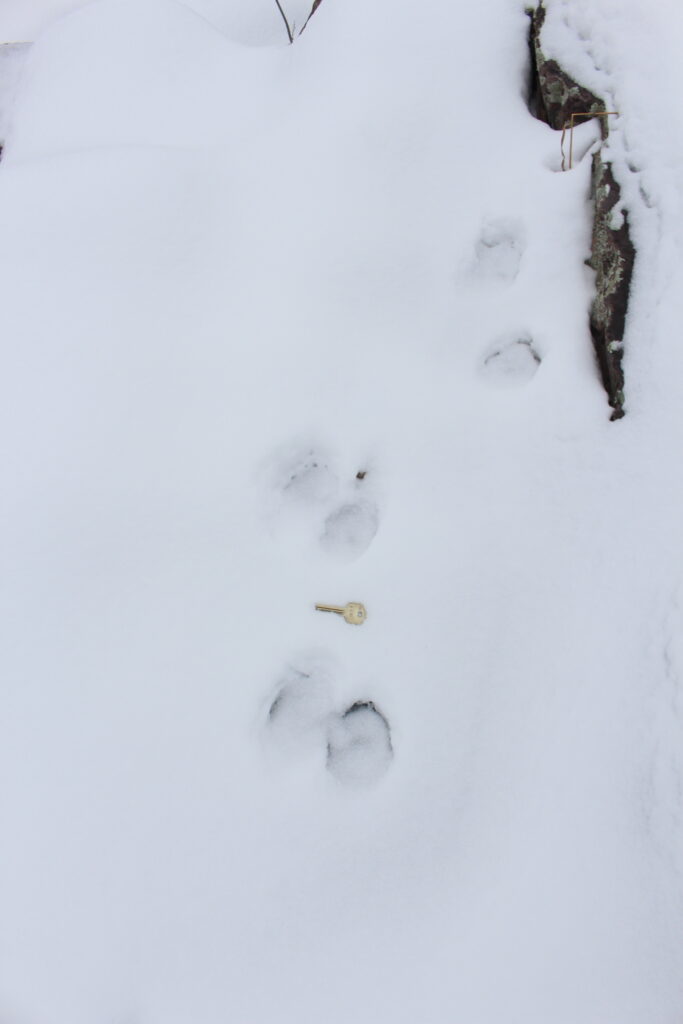
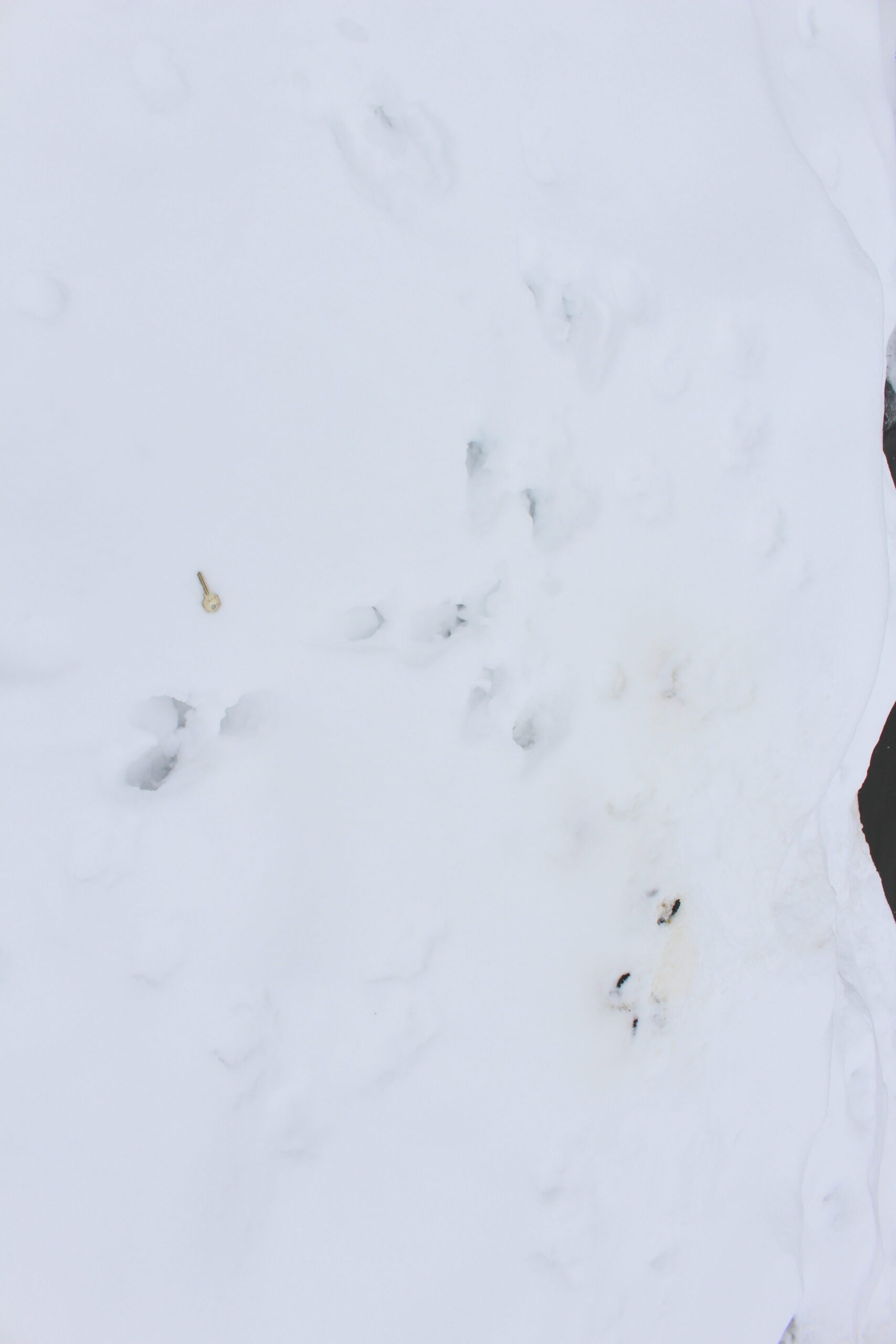
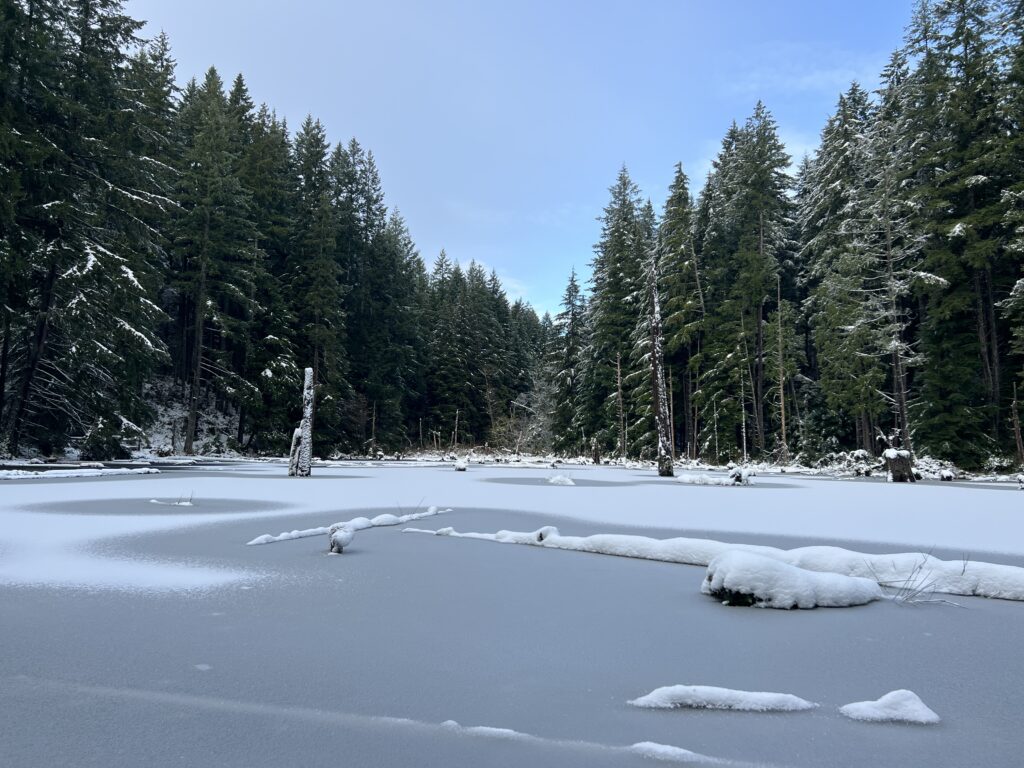


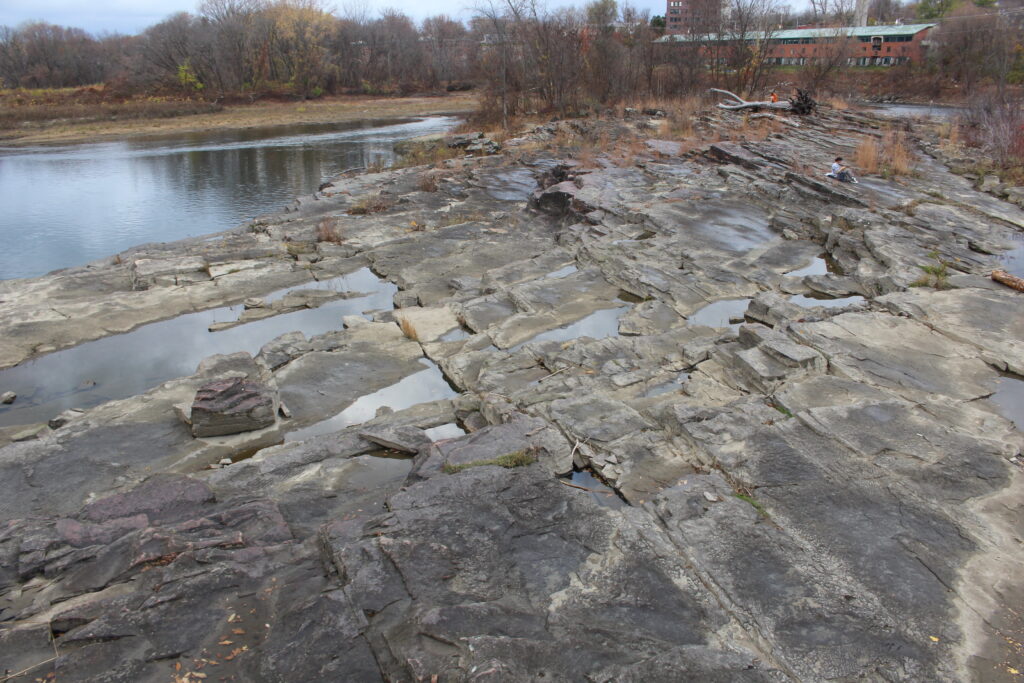
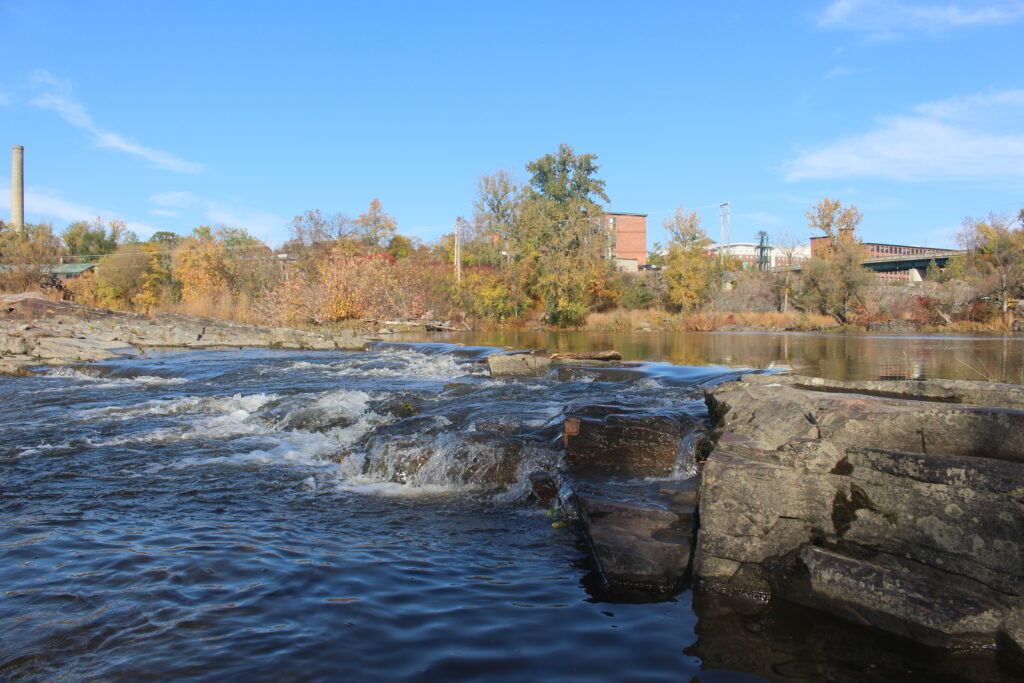 Initial Visit: water quickly flowing over the same rocks
Initial Visit: water quickly flowing over the same rocks